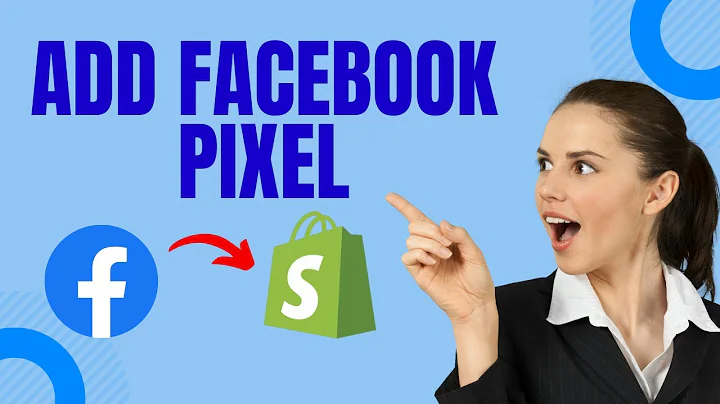Ultimate SEO Checklist for E-commerce Websites
SEO Checklist for E-commerce: A Comprehensive Guide
In today's digital age, having a website is not enough. You need to ensure that your website is optimized for search engines to drive organic traffic to your site. This is where SEO comes in. SEO or Search Engine Optimization is the process of optimizing your website to rank higher in search engine results pages (SERPs). In this article, we will discuss the SEO checklist for e-commerce websites. We will cover everything from basic HTML tags to mobile-friendliness, structured data, and social sharing.
Table of Contents
- Introduction
- HTML Tags
- Title Tag
- Meta Description Tag
- Canonical Tag
- Image Optimization
- Anchor Text
- Mobile Friendliness
- Page Speed
- Structured Data
- Social Sharing
- HTTPS
- Backlinks and Domain Authority
- Conclusion
HTML Tags
HTML tags are the building blocks of any website. They provide structure and meaning to your content. Here are some of the most important HTML tags for SEO:
Title Tag
The title tag is one of the most important HTML tags for SEO. It tells search engines what your page is about. Make sure to include your target keyword in the title tag. Keep it under 60 characters to ensure that it is fully displayed in search results.
Meta Description Tag
The meta description tag provides a brief summary of your page's content. It is displayed in search results, so make sure to write a compelling description that includes your target keyword. Keep it under 155 characters.
Canonical Tag
The canonical tag tells search engines which version of a page is the main version. This is important for e-commerce websites that may have multiple URLs for the same product. Make sure to use the canonical tag to avoid duplicate content issues.
Image Optimization
Images are an important part of any e-commerce website. Make sure to optimize your images by using descriptive file names and alt tags. This will help search engines understand what your images are about and improve your chances of ranking in image search results.
Anchor Text
Anchor text is the text that is used to link to another page. Make sure to use descriptive anchor text that includes your target keyword. Avoid using generic anchor text like "click here" or "read more."
Mobile Friendliness
Mobile-friendliness is a crucial factor in SEO. With more and more people using mobile devices to browse the internet, it is important to ensure that your website is optimized for mobile. Use Google's Mobile-Friendly Test to check if your website is mobile-friendly.
Page Speed
Page speed is another important factor in SEO. A slow website can negatively impact your search engine rankings and user experience. Use tools like Lighthouse Metrics to measure your website's page speed and identify areas for improvement.
Structured Data
Structured data is a way of providing additional information about your website's content to search engines. This can help improve your chances of ranking in rich snippets and other search features. Use tools like Google's Rich Results Test to check if your website is using structured data correctly.
Social Sharing
Social sharing is not directly related to SEO, but it can help drive traffic to your website. Make sure to include social sharing buttons on your product pages to make it easy for users to share your products on social media. Use tools like Meta Tags IO to preview how your website will look when shared on social media.
HTTPS
HTTPS is a secure version of HTTP that encrypts data sent between a website and a user's browser. It is important for e-commerce websites to use HTTPS to protect user data and improve search engine rankings.
Backlinks and Domain Authority
Backlinks and domain authority are important factors in SEO. Backlinks are links from other websites to your website. They are a signal to search engines that your website is authoritative and trustworthy. Domain authority is a measure of how authoritative your website is overall. Use tools like Moz's Link Explorer to monitor your backlinks and domain authority.
Conclusion
In conclusion, SEO is an essential part of any e-commerce website. By following this SEO checklist, you can ensure that your website is optimized for search engines and driving organic traffic to your site. Remember to keep your website mobile-friendly, optimize your images and anchor text, use structured data, and secure your website with HTTPS. With these tips, you can improve your search engine rankings and drive more traffic to your e-commerce website.
Highlights
- SEO or Search Engine Optimization is the process of optimizing your website to rank higher in search engine results pages (SERPs).
- HTML tags are the building blocks of any website. They provide structure and meaning to your content.
- Mobile-friendliness is a crucial factor in SEO.
- Page speed is another important factor in SEO.
- Structured data is a way of providing additional information about your website's content to search engines.
- Backlinks and domain authority are important factors in SEO.
FAQ
Q: What is SEO?
A: SEO or Search Engine Optimization is the process of optimizing your website to rank higher in search engine results pages (SERPs).
Q: Why is mobile-friendliness important for SEO?
A: With more and more people using mobile devices to browse the internet, it is important to ensure that your website is optimized for mobile. Mobile-friendliness is a crucial factor in SEO.
Q: What is structured data?
A: Structured data is a way of providing additional information about your website's content to search engines. This can help improve your chances of ranking in rich snippets and other search features.
Q: What are backlinks and domain authority?
A: Backlinks are links from other websites to your website. They are a signal to search engines that your website is authoritative and trustworthy. Domain authority is a measure of how authoritative your website is overall.






















